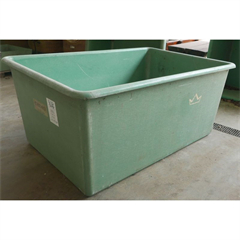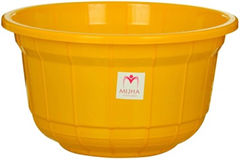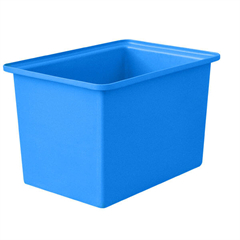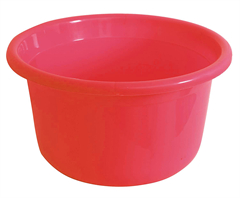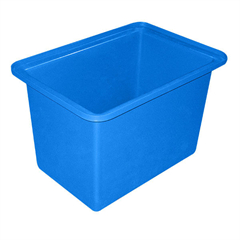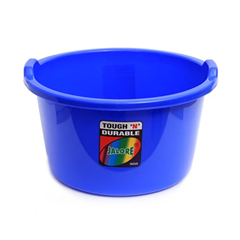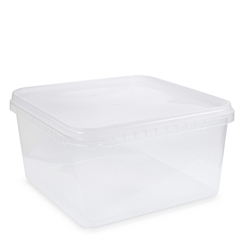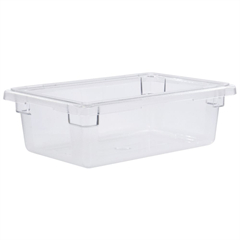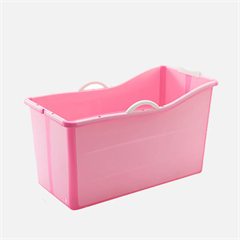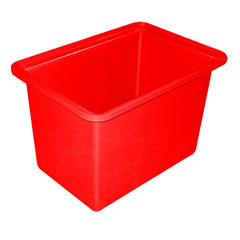Plastic tubs are often used for shipping and distribution of larger quantities and longer-term storage of larger objects or collections of objects. Plastic bins and plastic storage containers are not in name distinct from each other or from plastic tubs; naming a medium to large-sized plastic container is often a matter of preference. It includes:
The design of plastic tub
The production process of plastic tub
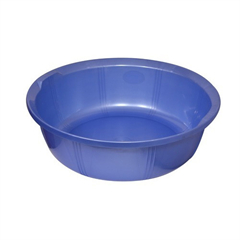
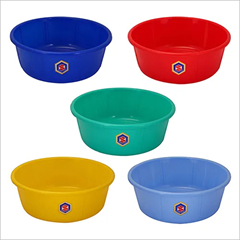
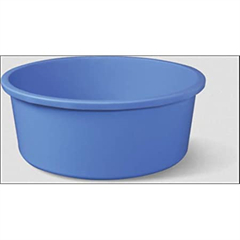
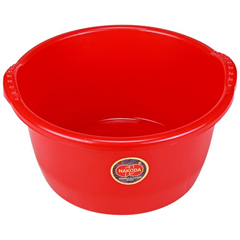
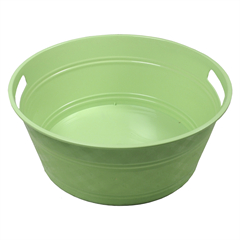
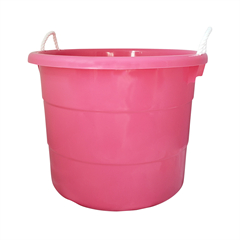
The design of plastic tub introduce.
Order pickers on a warehouse floor may place orders in plastic bins, food distributors may ship their products in plastic tubs and medical laboratories may freeze materials in plastic containers. Each container is usually made from blow molded, high-density polyethylene (HDPE) or polyethylene teraphthalate (PET). They can be designed in an extensive variety of sizes, colors and shapes. Plastic tubs are usually designed with sealing lids or interlocking lids and tops for easy transportation.
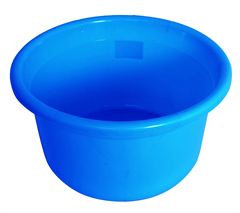
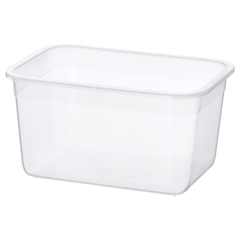
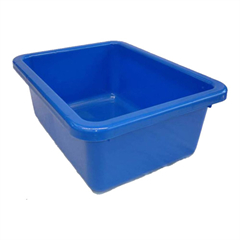
The production process of plastic tub introduce.
All blow molded plastics are processed in a similar way. In fact, all the way up to the last stage of blow molding, the process is nearly identical for every variety of plastic container. Every blow mold machine begins with a collection of raw plastic resin, which is called stock. The stock is placed in a hopper that directs the stock into a conveyance channel.
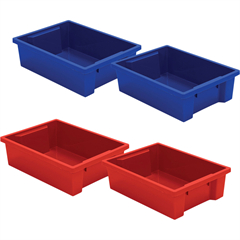
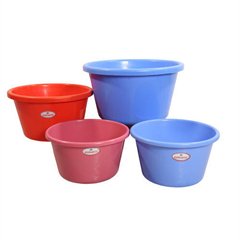
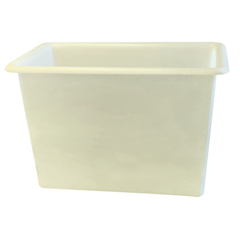
A large screw in the conveyance channel forces the stock toward the mold as it turns. As the stock approaches the mold, it is heated by heating elements in the conveyance channel which, combined with the pressure caused by the turning screw, causes the plastic to become liquefied. At this point, the divergences of molding process begin. While all molds operate by way of the same concept, they vary in their construction.
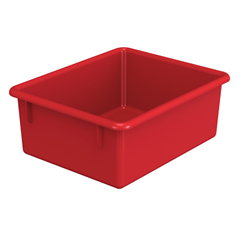
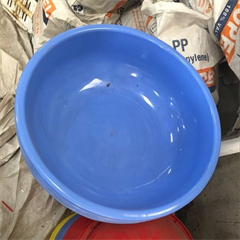
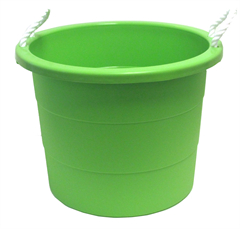
In the case of plastic tub blow molding, the liquefied plastic will enter a large cavity where it takes the shape of the mold. Compressed air is then forced into the cavity along with the plastic; this causes the plastic to be come hollow and resemble its final tub shape. The molten plastic then cools and hardens and is extracted from the mold. The product can then be cleared of imperfections (if necessary) and then shipped or sent for additional processing.

